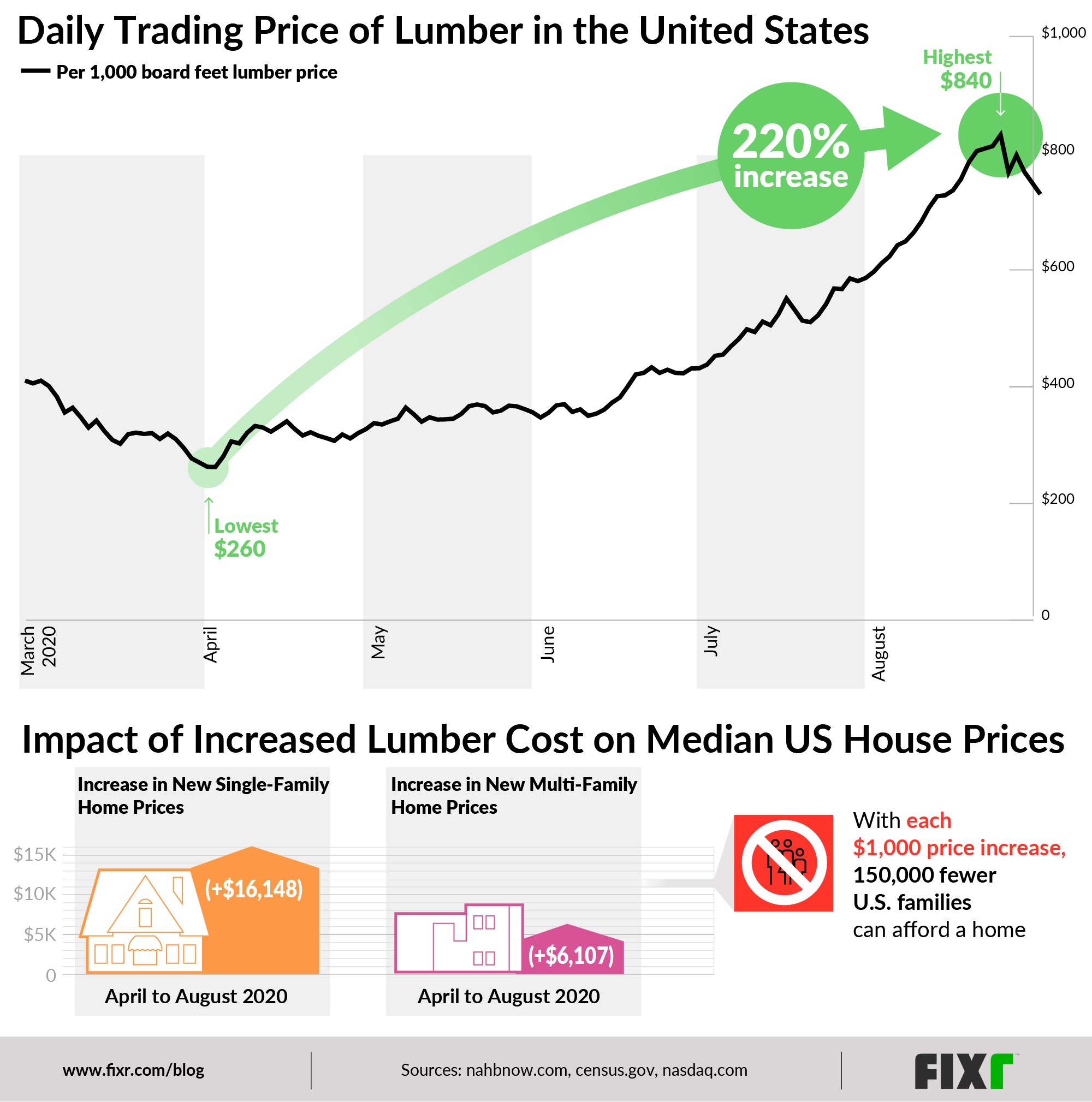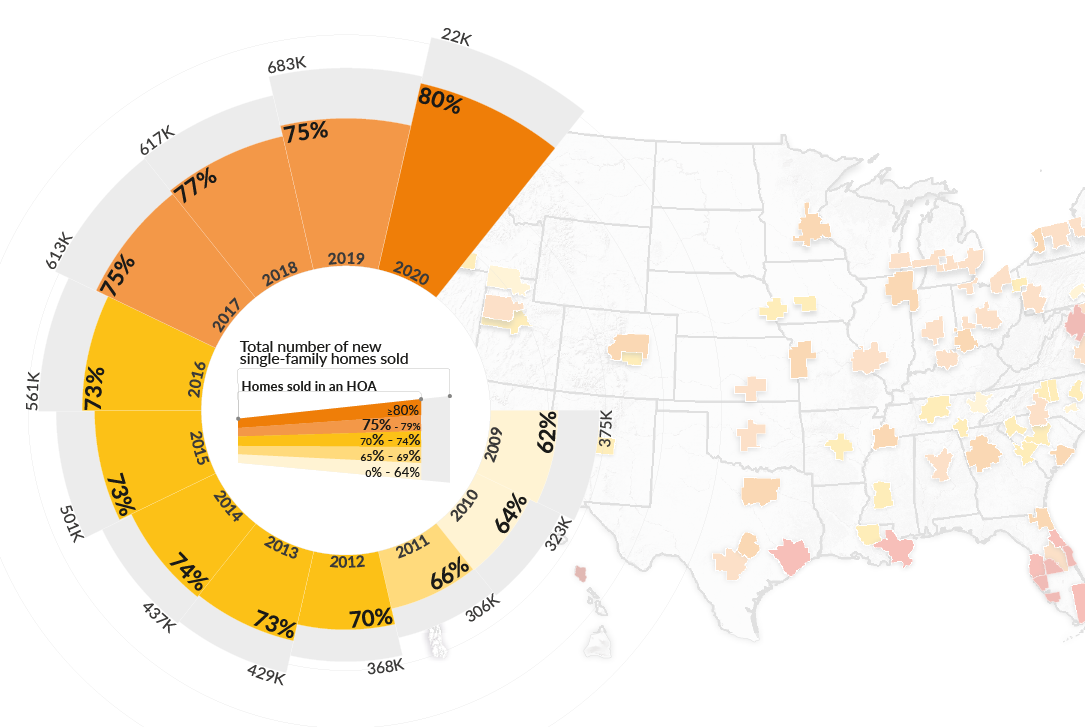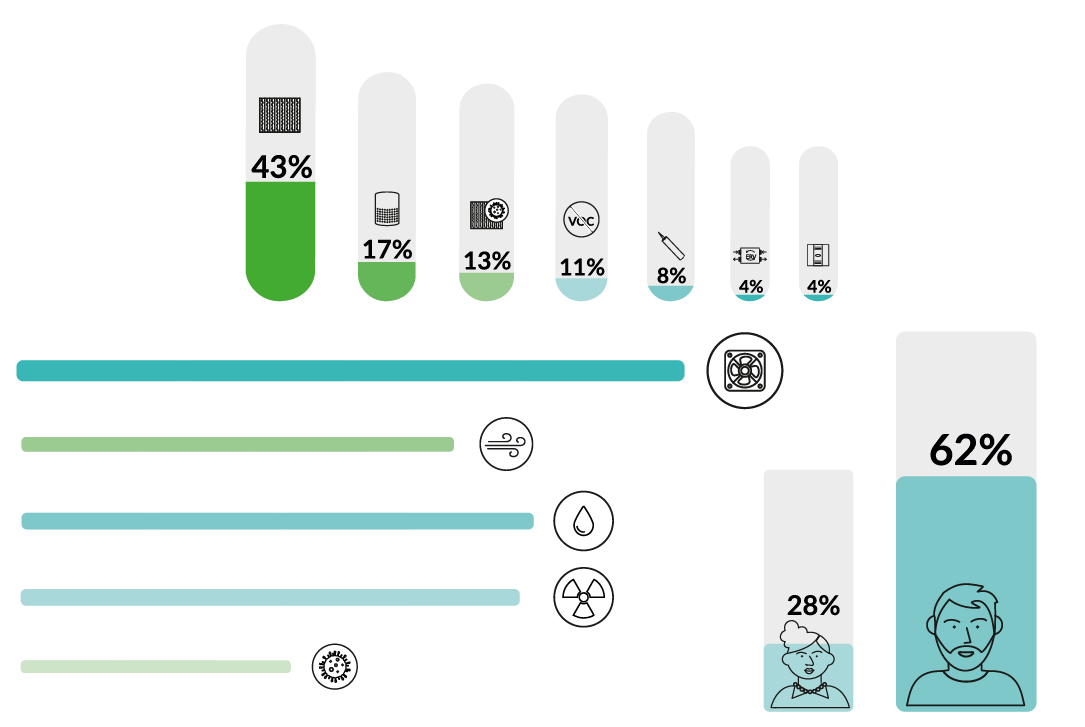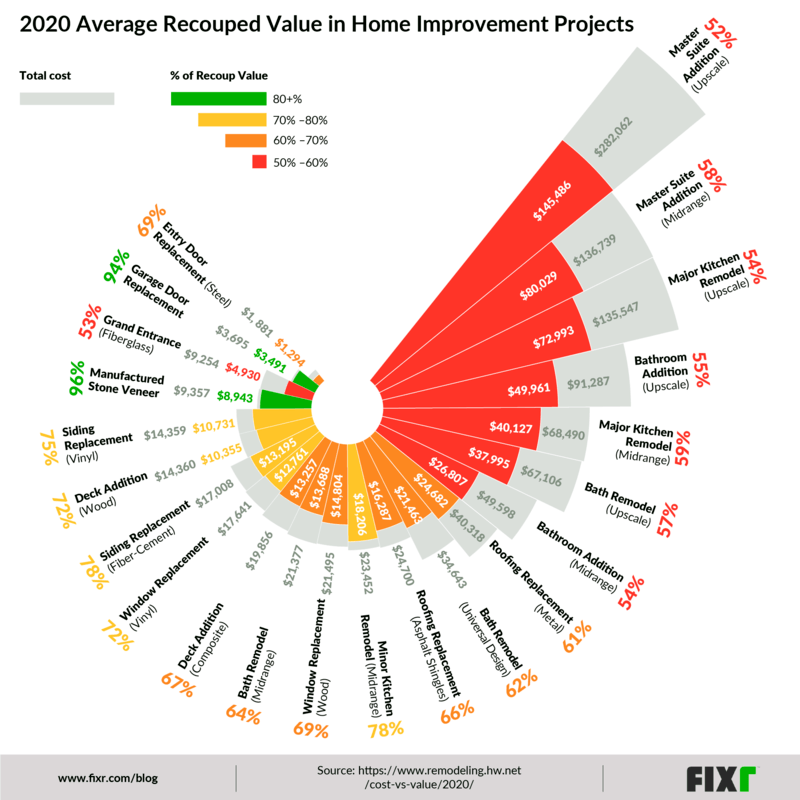Even as families across America express interest in moving to lower-density areas and building homes, an increase in the price of lumber across the board is making their dream inaccessible for many.
Lumber prices have more than doubled since spring. In our graphic below we honed in on the daily trading price of lumber in the United States by comparing the prices of 1,000 board feet lumber, with figures sourced from Nasdaq market activity. Just $260 on April 1, this number had increased to $840 by August 21: a full 220% increase in price.

Below the main graphic, a visual describes how this spike in lumber prices has affected the consumer price of new homes across America. For new single-family homes, the average price has increased by a hefty $16,148. The price tag on a new multi-family home has increased by $6,107.
In a world where we’re all tightening our belts, this is not good news. For every $1,000 increase in home prices, approximately 150,000 U.S. families get priced out. For a change in price of $16,148, we’re looking at a staggering 2.4 million families who would have been able to afford a new single-family home now forced to stay where they are or pursue other options.
The increase in lumber prices does more than price out families in need of a new home. Many builders, stuck with contracts based on pre-Spring estimates, find themselves stuck attempting to close the gap between projected prices and the new, much-higher quotes they receive from lumber mills. Some have already been obliged to cancel contracts, returning deposits and explaining that the price of lumber has made building under agreed-upon terms now impossible.
The increase in lumber prices was initially caused by supply chain problems and factory closures during the first COVID surge. High demand and continued low domestic production, combined with high Canadian tariffs caused by a stalemate in trade discussions, have continued to fuel the spike.
There is one bright spot highlighted on this graphic though. Since the end of August we’ve seen a small stabilization or down tick in lumber prices. It is too early to draw any conclusions, but if this trend continues, it will spell good news for the building industry as well as for would-be homeowners in America. An increase in domestic production or a lowering of Canadian tariffs could bring the prices down significantly, and the housing market is likely to respond with vigorous growth.
In the meantime, builders across the country continue to do the best they can with what they have - building quality homes in suburbs and rural areas to meet the needs of families seeking a less-populated haven. Some consumers are able to swallow the price increase, while other would-be homeowners count their pennies and wait for the day when lumber—the basic, all essential component of home construction—becomes affordable again.




